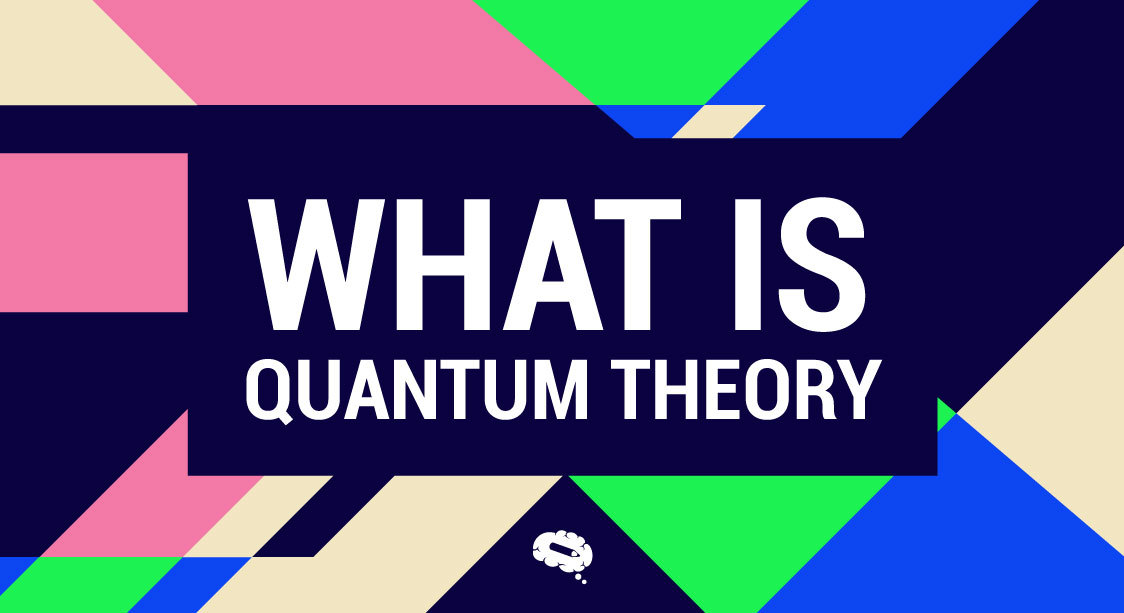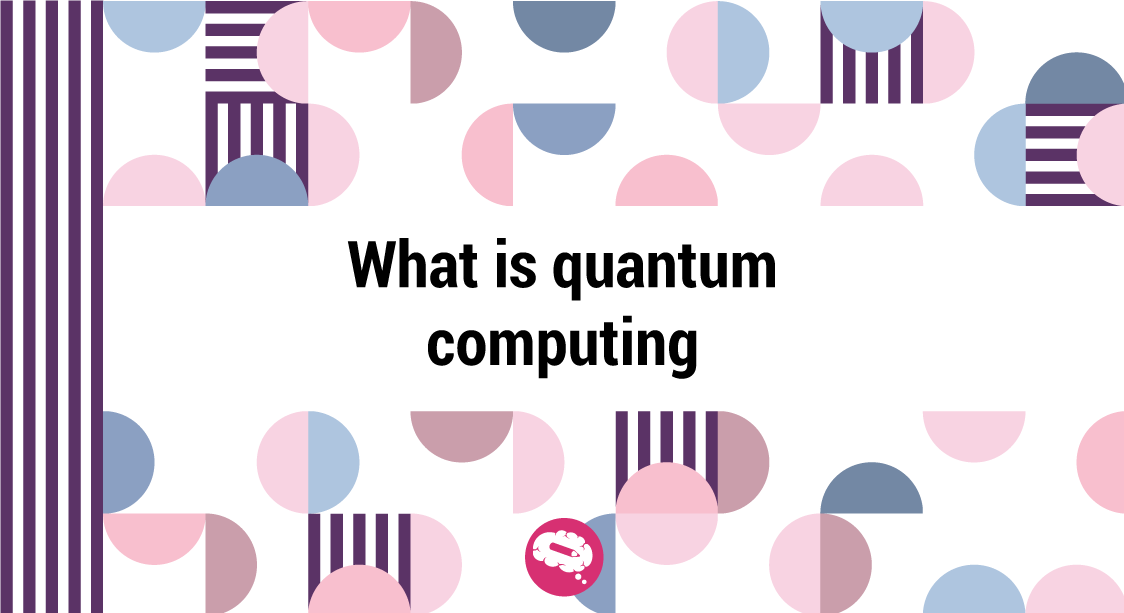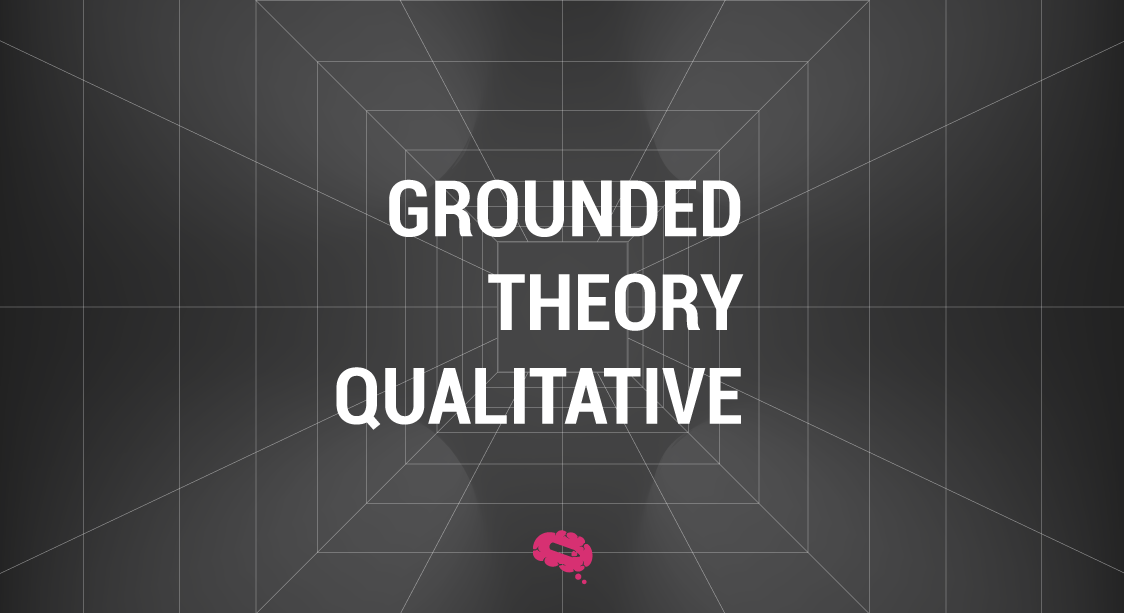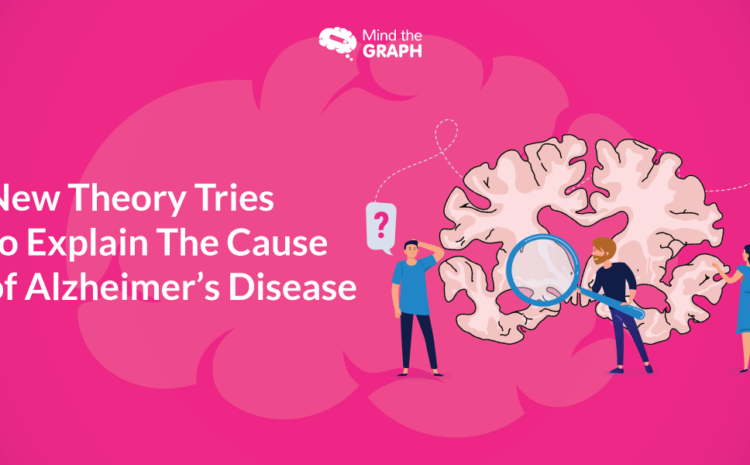“What is Quantum Theory: From Fundamentals to Applications” is an article that explores the intriguing world of quantum theory, providing a comprehensive introduction to its fundamental concepts and highlighting its diverse range of applications.
Quantum theory forms the cornerstone of physics, providing a fundamental framework to understand the intricate behavior of matter and energy at the tiniest scales. Developed in the early 20th century, it revolutionized our understanding of the fundamental nature of reality, challenging classical notions and introducing mind-bending concepts such as superposition and entanglement.
Whether you are new to the concept of quantum theory or seeking a deeper understanding of its implications, “What is Quantum Theory: From Fundamentals to Applications” provides a comprehensive overview that unravels the basics of this fascinating scientific framework. By the end of the article, readers will gain a solid foundation in quantum theory and a glimpse into its exciting potential.
Hva er kvanteteori?
Kvanteteori, også kjent som kvantemekanikker et grunnleggende rammeverk i fysikken som beskriver hvordan materie og energi oppfører seg på mikroskopisk skala. Den gir et matematisk rammeverk for å forstå og forutsi egenskapene og interaksjonene til partikler som elektroner, fotoner og atomer. Kvanteteorien har revolusjonert vår forståelse av den fysiske verden ved å introdusere begreper som skiller seg fra klassisk fysikk, blant annet bølge-partikkel-dualitet, superposisjon og sammenfiltring.
Kjernen i kvanteteorien er at partikler har både bølgelignende og partikkelignende egenskaper. Kvanteteorien beskriver partiklers sannsynlige egenskaper, der egenskaper som posisjon, impuls og energi representeres av bølgefunksjoner som bestemmer sannsynligheten for ulike utfall ved måling. Usikkerhetsprinsippet, som er et sentralt begrep i kvanteteorien, sier at det finnes innebygde grenser for hvor nøyaktig visse par av komplementære egenskaper, for eksempel posisjon og impuls, kan være kjent samtidig.
Quantum theory has found wide-ranging applications in various fields, including quantum computing, quantum cryptography, materials science, and quantum optics. It has enabled technological advancements and sparked new areas of research, promising faster computation, enhanced security, and novel materials with unique properties.
Kvantemekanikkens historie
The history of quantum mechanics began with Max Planck’s introduction of the quantum hypothesis in 1900, followed by Albert Einstein’s explanation of the photoelectric effect in 1905. Niels Bohr then developed the quantum model of the atom in 1913, and Louis de Broglie proposed wave-particle duality in 1924. Werner Heisenberg formulated the uncertainty principle in 1927, and Erwin Schrödinger developed the wave equation the same year.
Disse gjennombruddene førte til kvantemekanikkens fødsel, med utviklingen av matrisemekanikk og bølgemekanikk. Siden den gang har kvantemekanikken utviklet seg videre og blitt anvendt på en rekke områder. Det er fortsatt et levende forskningsområde som former vår forståelse av kvanteverdenen og driver den teknologiske utviklingen fremover.
Grunnleggende kvanteteori
Her er de grunnleggende prinsippene i kvanteteorien:
Bølgefunksjon og sannsynlighetstetthetsfunksjon
In quantum theory, particles are described by wave functions, which are mathematical representations that provide information about the particle’s state and behavior. The wave function contains valuable information such as the position, momentum, and energy of the particle. The absolute square of the wave function gives the probability density function, which determines the likelihood of finding the particle at different positions. The wave function and probability density function enable us to understand the probabilistic nature of quantum systems.
Matrisemekanikk og Schrödingers ligning
Matrisemekanikken, som ble utviklet på 1920-tallet, er en av de to matematiske formuleringene av kvantemekanikken. Den bruker matriser til å representere observable størrelser som posisjon, impuls og energi. Matrisemekanikken gir et rammeverk for å forutsi resultatene av målinger på kvantesystemer.
Den andre formuleringen av kvantemekanikken er bølgemekanikken, som er basert på Erwin Schrödinger‘s wave equation, which was also developed in the 1920s. The Schrödinger equation describes the evolution of the wave function over time. It incorporates the concept of wave-particle duality, allowing the calculation of the probability distribution of finding a particle at different positions.
Heisenberg’s Uncertainty Principle
One of the fundamental principles of quantum mechanics is Heisenberg’s uncertainty principle, formulated by Werner Heisenberg in 1927. The uncertainty principle states that certain pairs of complementary properties, such as position and momentum, cannot be simultaneously known with arbitrary precision. The act of measuring one property with greater precision inherently limits the precision with which the other property can be determined. This principle highlights the inherent limitations and probabilistic nature of quantum systems.
Superposisjon
Kvanteteorien tillater superposisjon av tilstander, noe som betyr at et kvantesystem kan eksistere i flere tilstander samtidig. Dette prinsippet muliggjør begrepet kvanteparallellitet og danner grunnlaget for kvantedatabehandling og kvanteinformasjonsbehandling. Superposisjon gjør det mulig å manipulere og vurdere flere muligheter samtidig.
Sammenfiltring
Entanglement is a fundamental concept in quantum mechanics where particles become correlated in such a way that their properties are instantly connected, regardless of distance. This mysterious phenomenon defies classical notions of cause and effect, as changes made to one entangled particle immediately affect the others, even if they are far apart. Entanglement is a crucial resource for quantum information processing, enabling secure communication and serving as a foundation for quantum technologies such as quantum computing. Despite its counterintuitive nature, entanglement remains a subject of ongoing research and exploration in the field of quantum mechanics.
Den grunnleggende bølge-partikkel-dualiteten
Bølge-partikkel-dualitet er et grunnleggende konsept i kvantemekanikken som antyder at partikler, som elektroner og fotoner, kan ha både bølgelignende og partikkelignende egenskaper. Dette konseptet revolusjonerte vår forståelse av partiklers oppførsel på mikroskopisk nivå og utfordret den klassiske oppfatningen av partikler som rent lokaliserte objekter.
Louis de Broglie’s Wave Theory
I 1924, Louis de Broglie proposed his groundbreaking wave theory, suggesting that particles, just like waves, possess a wave-like nature. He postulated that particles, such as electrons, have associated wave characteristics determined by their momentum and energy. De Broglie’s wave theory introduced the concept of matter waves or de Broglie waves, which are mathematical representations of the wave-like behavior of particles.
Eksperimenter som tyder på bølge-partikkel-dualitet
Several experiments have provided evidence for the wave-particle duality of particles, supporting de Broglie’s wave theory and further solidifying the foundations of quantum mechanics. Here are two notable experiments that indicate wave-particle duality:
- Eksperiment med dobbelt lys: Dobbeltspalteeksperimentet, som først ble utført av Thomas Young i 1801 og senere gjentatt med elektroner og andre partikler, demonstrerer partiklers bølgelignende oppførsel. I dette eksperimentet rettes partikler mot en barriere med to spalter, noe som skaper et interferensmønster på en skjerm bak barrieren. Mønsteret som observeres, er karakteristisk for bølger som interfererer med hverandre, noe som indikerer at partikler oppfører seg som bølger.
- Davisson-Germer-eksperimentet: The Davisson-Germer experiment, conducted by Clinton Davisson and Lester Germer in 1927, involved firing electrons at a crystal surface. The scattered electrons produced an interference pattern, similar to the double-slit experiment, indicating that electrons behave as waves. This experiment provided direct evidence for the wave-like nature of particles and supported de Broglie’s wave theory.
Disse eksperimentene, sammen med andre lignende studier med ulike partikler, bekreftet bølge-partikkel-dualiteten i materien. Konseptet med bølge-partikkel-dualitet er i dag et grunnleggende prinsipp i kvantemekanikken, noe som preger vår forståelse av kvanteverdenen og fungerer som en hjørnestein for videre fremskritt på området.
Anvendelser av kvanteteori
Kvanteteorien, med sine unike prinsipper og matematiske rammeverk, har banet vei for en rekke anvendelser på ulike vitenskapelige områder. Her er noen bemerkelsesverdige anvendelser:
Enkeltelektron og kinetisk energi
Forståelsen av hvordan enkeltelektroner oppfører seg i materialer og enheter blir betydelig forbedret ved hjelp av kvanteteori. Den bidrar til å forklare fenomener som elektrontunnelering, der elektroner kan trenge gjennom energibarrierer på grunn av sin bølgelignende natur. I tillegg er kvanteteori avgjørende for å bestemme partiklers kinetiske energi, ettersom den tar hensyn til deres bølge-partikkel-dualitet og sannsynlige oppførsel.
Kvantekjemien og kvantemekanikkens regler
Quantum theory provides the foundation for quantum chemistry, which explores the behavior of atoms and molecules. It allows scientists to understand the electronic structure of atoms, molecular bonding, and chemical reactions at a fundamental level. Quantum mechanics-based calculations and simulations guide drug discovery, materials design, and understanding of complex chemical processes.
Kvanteobjekter og bevaring av energi
In quantum theory, the conservation of energy holds great significance. The quantization of energy levels in quantum systems ensures that energy is preserved and exchanged in discrete units. This property enables the development of devices like lasers, where energy transitions between quantized states emit coherent light.
Kvantedatabehandling
Kvantedatabehandling utnytter prinsippene i kvanteteorien til å utføre beregninger som overgår kapasiteten til klassiske datamaskiner. Kvantebits, eller qubits, utnytter superposisjon og sammenfiltring for å muliggjøre parallell prosessering og eksponentiell regnekraft. Kvantedatamaskiner har potensial til å revolusjonere områder som kryptografi, optimalisering og simulering av komplekse systemer.
Slipp infografikkens kraft løs med Mind The Graph
Revolutionize your scientific communication with Mind the Graph! This user-friendly platform unleashes the power of infographics to help scientists create visually captivating graphics effortlessly. Join the Mind the Graph community and unlock the true potential of infographics to amplify the reach and impact of your scientific work. Sign up for free!

Abonner på nyhetsbrevet vårt
Eksklusivt innhold av høy kvalitet om effektiv visuell
kommunikasjon innen vitenskap.






